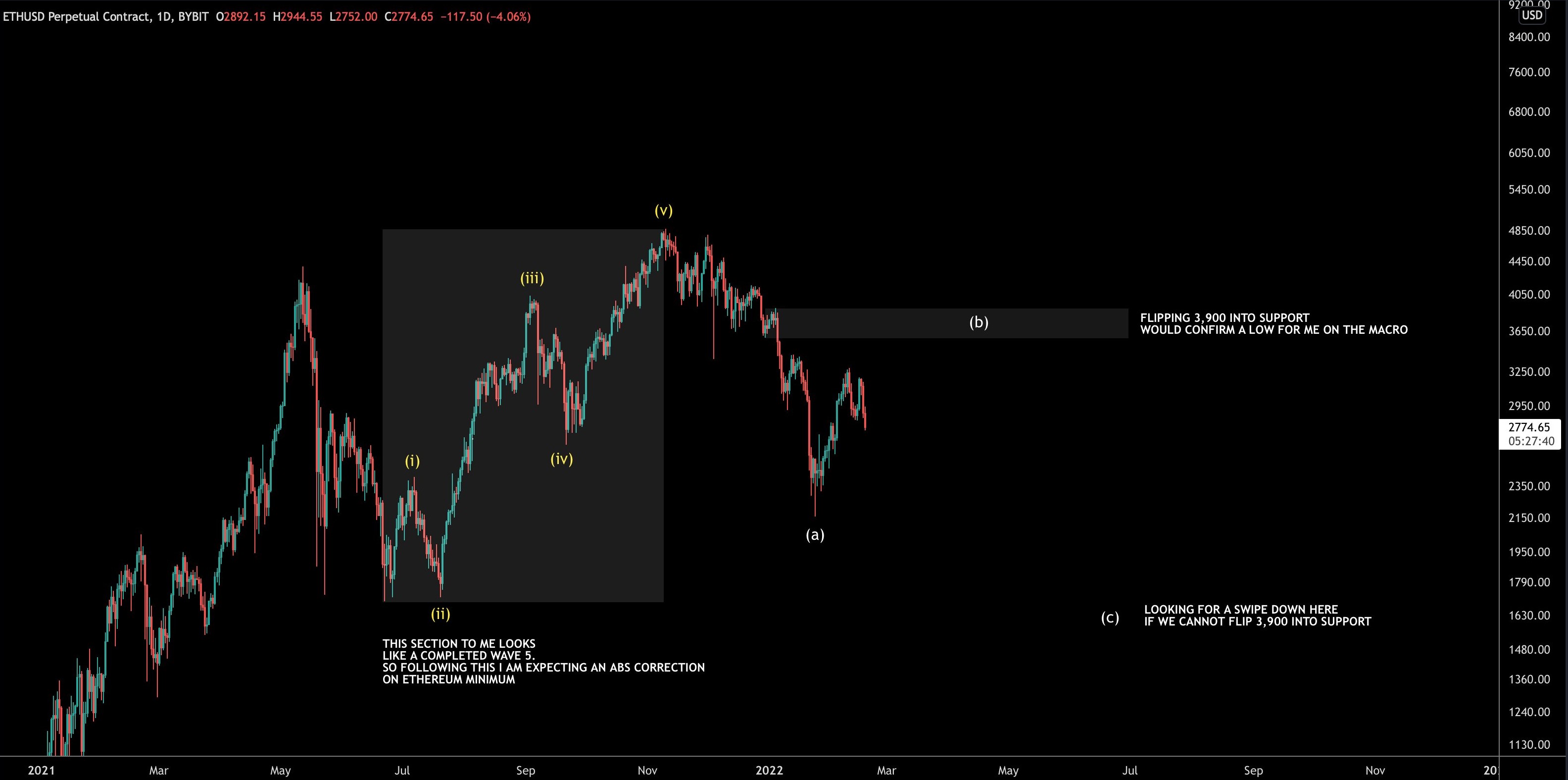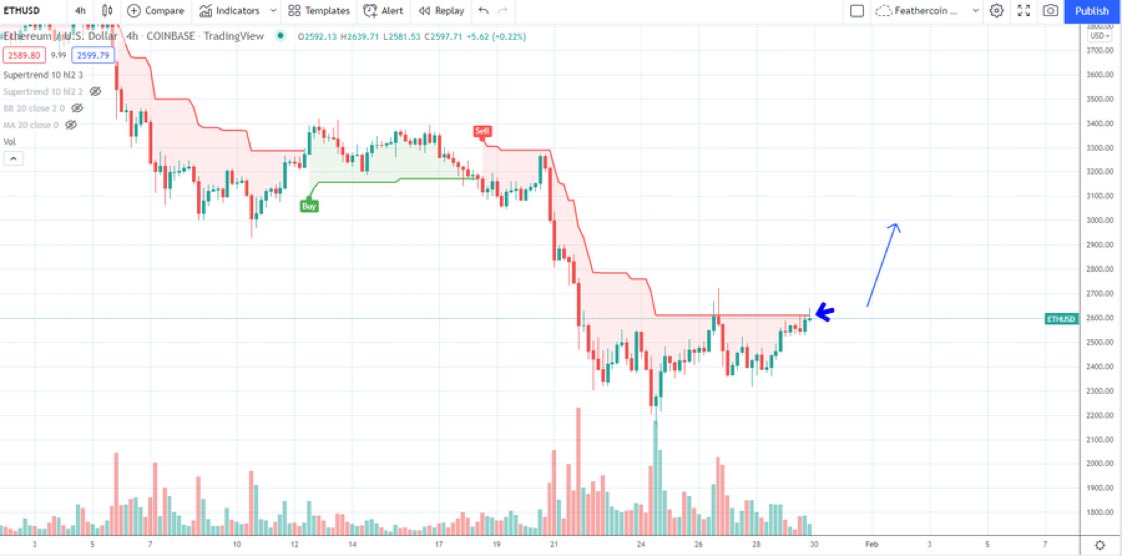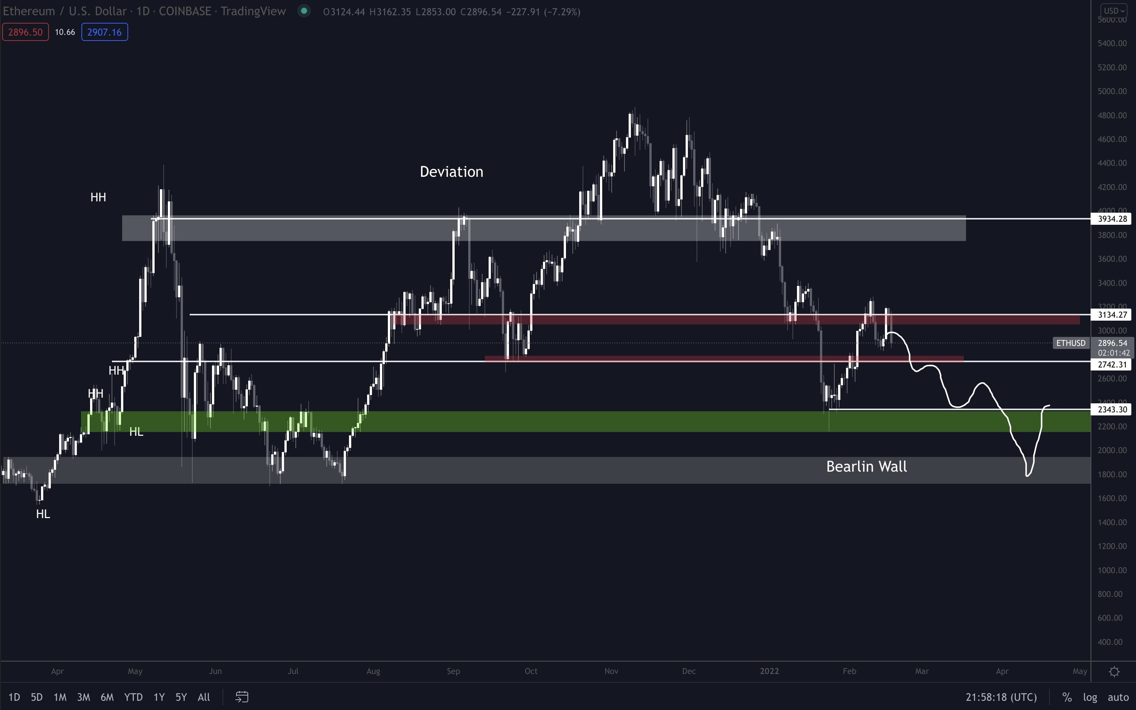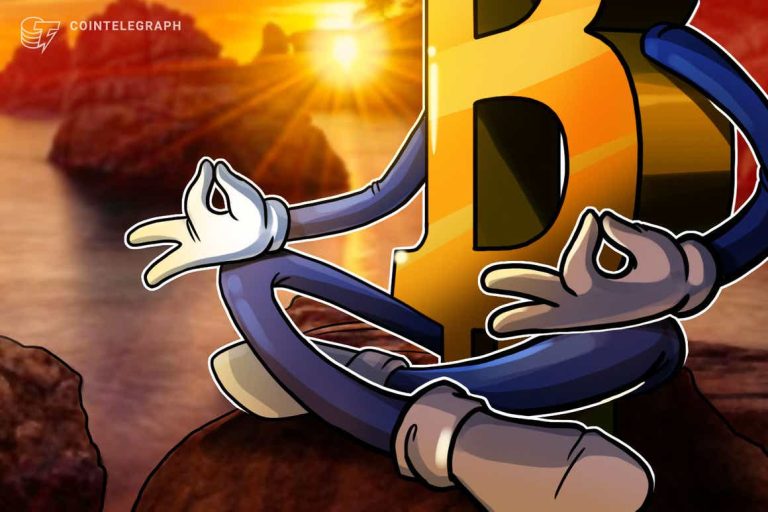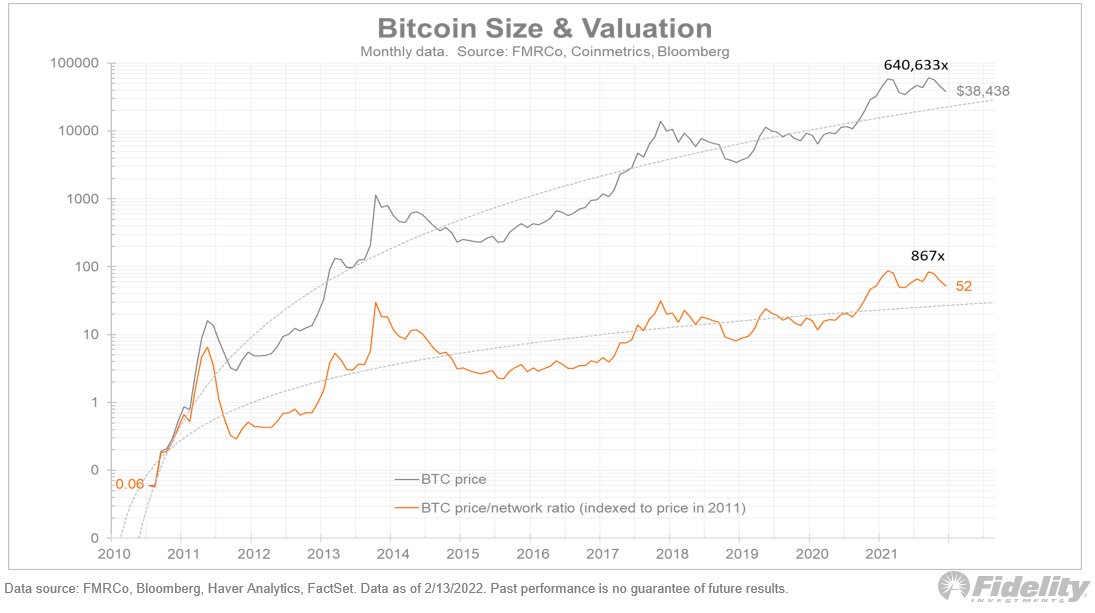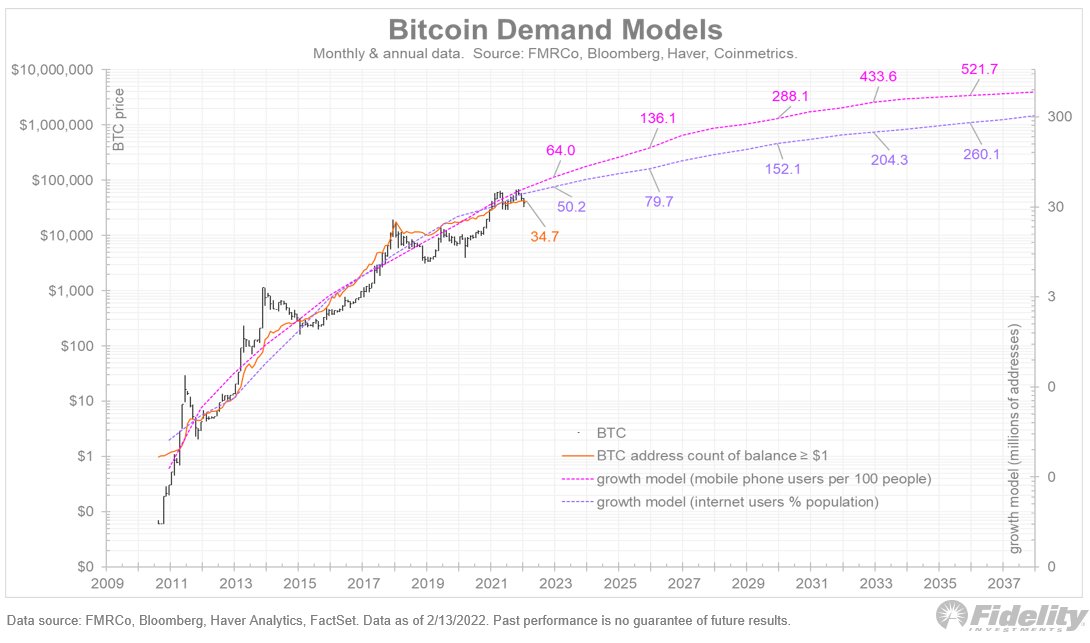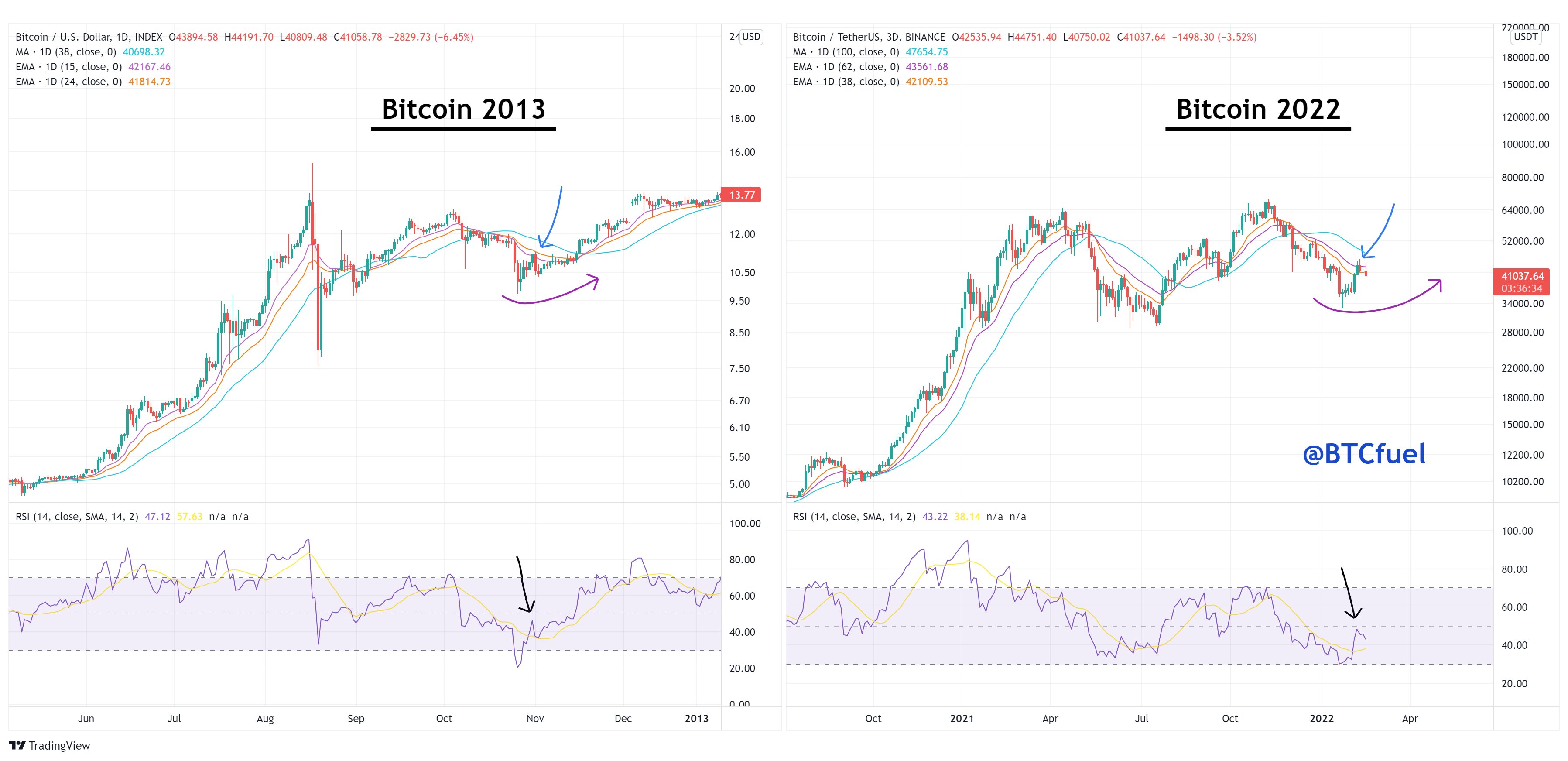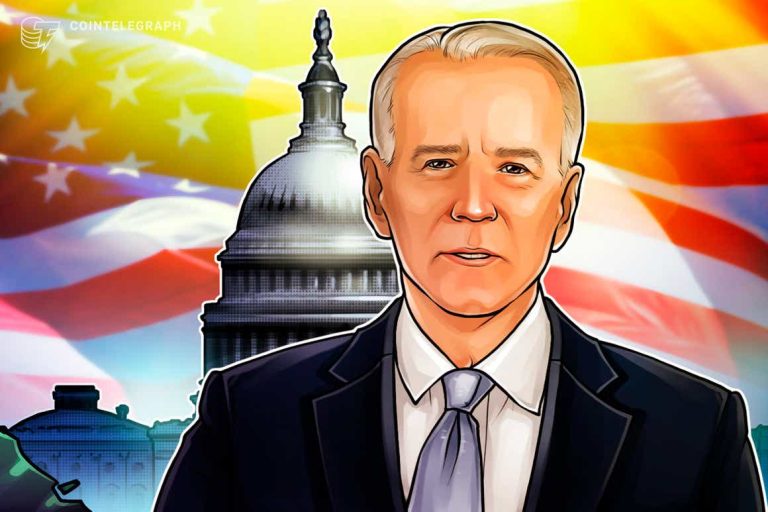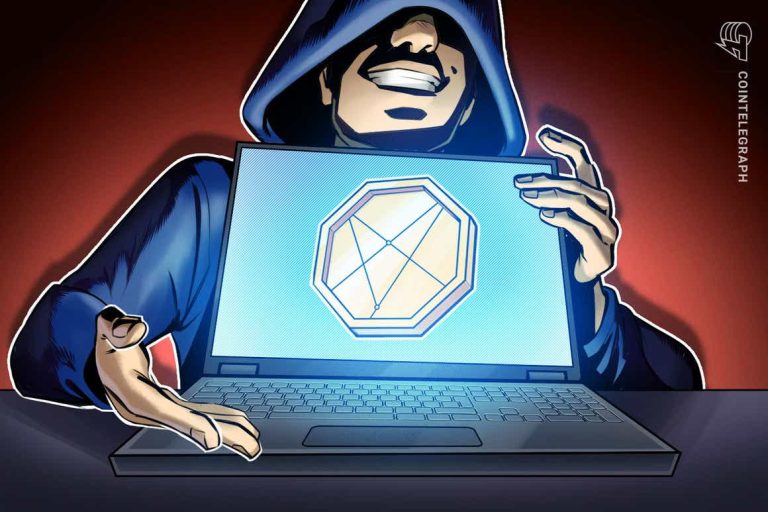US banks partner with crypto custodians
Grayscale Investments’ latest report “Reimagining the Future of Finance” defines the digital economy as “the intersection of technology and finance that’s increasingly defined by digital spaces, experiences, and transactions.”
With this in mind, it shouldn’t come as a surprise that many financial institutions have begun to offer services that allow clients access to Bitcoin (BTC) and other digital assets.
Last year, in particular, saw an influx of financial institutions incorporating support for crypto-asset custody. For example, Bank of New York Mellon, or BNY Mellon, announced in February 2021 plans to hold, transfer and issue Bitcoin and other cryptocurrencies as an asset manager on behalf of its clients. Michael Demissie, head of digital assets and advanced solutions at BNY Mellon, told Cointelegraph that BNY Mellon had $46.7 trillion in assets under custody and/or administration and $2.4 trillion in assets under management as of December 31, 2021.
Following in BNY Mellon’s footsteps, Banco Bilbao Vizcaya Argentaria (BBVA), stated in June 2021 that it would offer Bitcoin trading and custody services in Switzerland. Then in October of last year, U.S. Bank — the fifth-largest retail bank in the United States — announced the launch of its cryptocurrency custody service for institutional investors.
Alex Tapscott, managing director of Ninepoint Digital Asset Group, told Cointelegraph that United States banks have been scrambling to launch crypto asset custody since 2020. “Crypto assets are a $2 trillion asset class and crypto-asset custody is a big business.” Tapscott added that last year was a turning point for many financial institutions, noting that on July 22, 2020, the U.S. Office of the Comptroller of the Currency, wrote a letter granting permission to federally chartered banks to provide custody services for cryptocurrency. As a result, many traditional banks began to incorporate crypto custody services in 2021.
Next steps
While notable, it’s also important to point out that traditional banks have started working closely with crypto custodians and sub-custodians to introduce custody for digital assets.
Ramine Bigdeliazari, director of product management for Fidelity Digital Assets, told Cointelegraph that given the growing demand from customers, the exploration of crypto solutions through custodial relationships with digital asset service providers is a natural next step for traditional financial institutions. He said:
“While there are a handful of ways that banks could enter the digital asset market, like building an end-to-end solution or acquiring existing providers, sub-custodial relationships with existing and trusted service providers could provide a superior alternative that allows for a quick and proven path to market to meet clients’ needs.”
Bigdeliazari explained that Fidelity Digital Assets provides sub-custody services to client firms including banks who, in turn, interface with their customers. “These engagements showcase the potential for digital assets sub-custody to allow institutions to provide their customers access to digital assets through the same interface and experience they use to access other asset classes without having to build any infrastructure.”
To put this in perspective, New York Digital Investment Group (NYDIG) is a sub-custodian that has partnered with U.S. Bank to provide its “Global Fund Services” customers with a Bitcoin custody solution.
The partnership between traditional banks and sub-custodians is an important one. For instance, Tapscott explained that while crypto asset custody is a big opportunity, it’s not without risk for banks. “Securely storing private keys can be the difference between a satisfied customer and money in the bank or a class action lawsuit and handcuffs. So, naturally, a lot of big banks prefer to partner with firms that already have that industry expertise,” he said.
This has indeed become the case. Kelly Brewster, chief marketing officer at NYDIG, told Cointelegraph that while U.S. Bank is among NYDIG’s most prominent banking partners, it’s far from the only one. “NYDIG has already partnered with more than 35 banks and credit unions to bring Bitcoin to Main Street,” she remarked.
While sub-custodians are helping traditional financial institutions participate in the digital assets ecosystem, Tapscott said that crypto custodians like Gemini and Coinbase also play an important role. For instance, Tapscott mentioned that he expects “white label” solutions to be the preferred choice for traditional banks looking to develop their own crypto custody offerings. “Banks will eventually brand custody solutions as their own, which will be powered by Gemini, Anchorage, BitGo or some other established crypto custodian,” he explained.
Moreover, digital asset infrastructure providers are also helping bridge the gap between traditional banks and the world of crypto. For example, Fireblocks has partnered with BNY Mellon to enable its digital asset custody solution. Stephen Richards, vice president and head of product strategy and business solutions at Fireblocks, told Cointelegraph that BNY Mellon is using Fireblocks’ technology stack, along with other internal components, to enable customers to hold digital assets.
Demissie elaborated that BNY Mellon is building its own digital assets custody platform enabled by technology investments the bank has made in the space. For instance, BNY Mellon made a Series C investment in Fireblocks in March 2021.
“Our digital asset custody platform is currently under development and testing, and we plan to bring it to market this year pending regulatory approvals,” Demissie stated, adding that BNY Mellon is currently providing fund services for digital asset-linked products including those from Grayscale Investments, the world’s largest digital asset manager. “We also service 17 of 18 active cryptocurrency funds in Canada.”
Will big banks threaten crypto’s decentralization?
According to Demissie, digital assets are here to stay, as he believes they are increasingly becoming part of the mainstream. “Our clients expect BNY Mellon, as their trusted service provider, to extend our core services to this emerging asset class,” he said. Yet, while incorporating digital assets within traditional finance may be a big step for the crypto ecosystem, some may wonder if big banks will threaten the decentralized nature of crypto assets.
Although this is a relevant concern, Tapscott pointed out that many institutional and retail holders of crypto assets prefer to store assets with custodians. “Whether it’s a crypto-native custodian like Gemini or a big bank is irrelevant. Your keys will be held by someone else.” However, Tapscott remarked that this notion doesn’t prevent millions of other crypto holders from being their own bank and storing coins in hardware wallets.
Further shedding light on the matter, Anthony Woolley, head of business development at market digitalization firm Ownera, told Cointelegraph that regulation invariably requires an entity, such as a transfer agent, to be accountable for the record of ownership of any security. As such, Woolley does not believe that digital securities can ever be fully decentralized while being regulatory compliant.
However, Woolley suggested that it may be possible to conceive of a world where regulated digital securities are transacted peer-to-peer with instant payment, transfer of ownership and settlement. “We believe that this is the type of decentralization that investors and society as a whole needs.”
Bottom line: Banks must work with crypto custodians
Concerns aside, the rising demand for digital assets from institutional investors will result in traditional financial institutions working hand-in-hand with crypto custodians and service providers.
Matt Zhang, a former trading executive at the global bank Citi and founder of Hivemind Capital Partners — a $1.5 billion multistrategy fund designed to help “institutionalize crypto investing” — told Cointelegraph that banks have a much higher regulatory bar to develop when it comes to new products and services, and crypto custody is one of the most complex of all:
“That said, the client demand is there so banks need to find ways to partner up with sub-custodians to package the service in the short term while figuring out the road map to develop it in house. Certain banks are definitely ahead of the others but, as an industry, Wall Street is playing a catch up game right now coming into crypto custody.”
To Zhang’s point, research from NYDIG’s Bitcoin + Banking survey released last year found that customers and clients would prefer to access Bitcoin via an offering through their current bank that is consistent with existing standards of quality and risk management. NYDIG’s findings also show that 71% of Bitcoin holders would switch their primary bank to one that offers Bitcoin-related products and services. “Banks that aren’t preparing to offer these products and services risk getting left behind,” said Brewster.
More specifically, Zhang added that overall he thinks that many major banks will offer access to crypto assets, making the space competitive. As such, he believes that leading financial institutions will be those who can offer a vertically integrated product offering. “Think trading, lending, prime, custody and banking, rather than just custody on a standalone basis.”
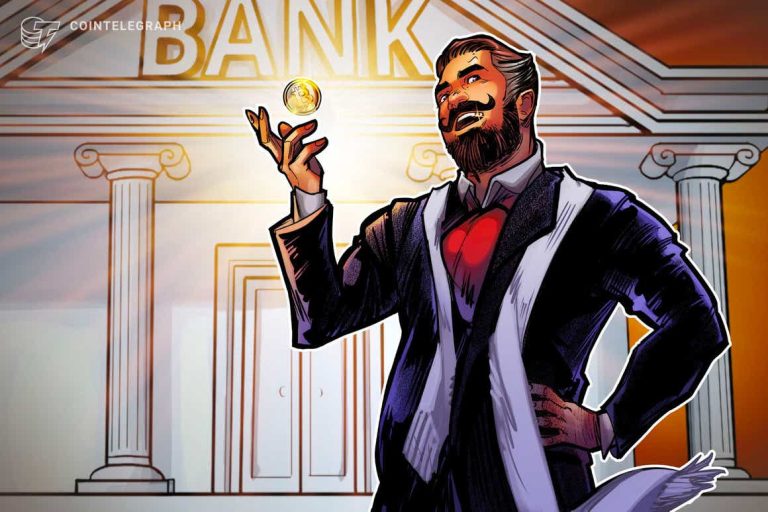
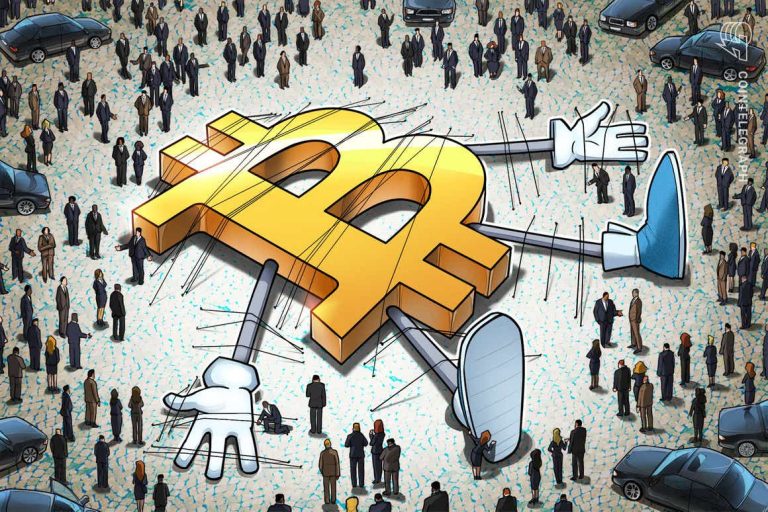


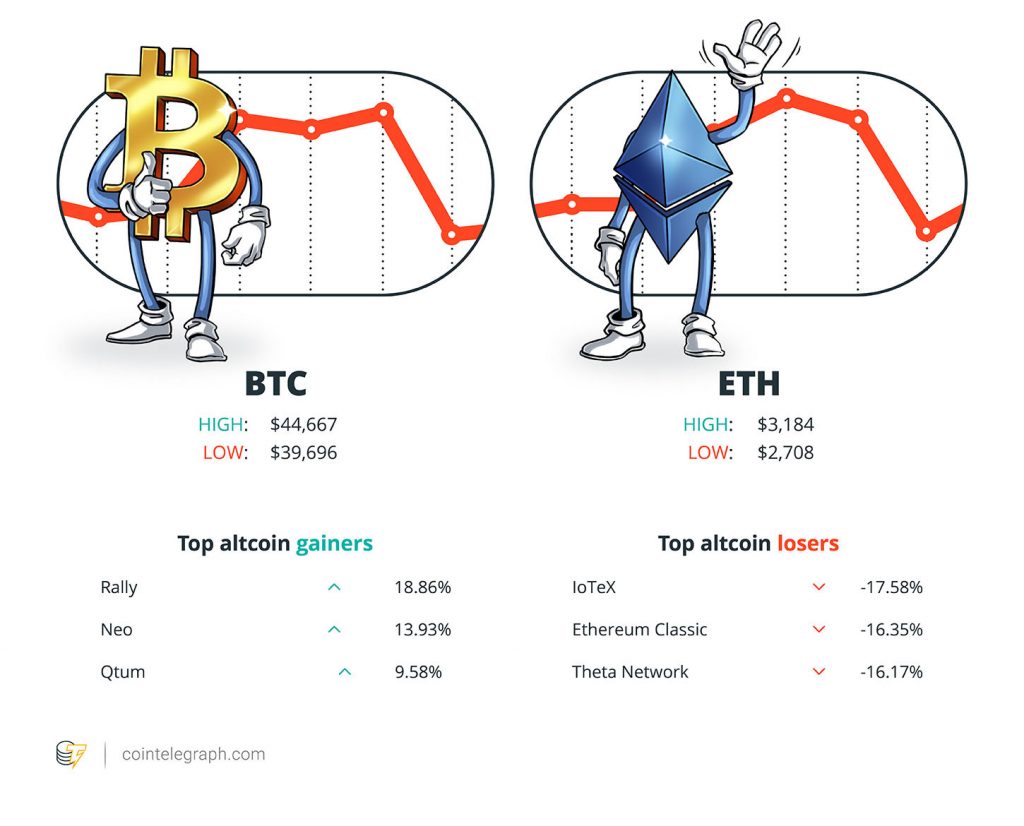 At the end of the week, Bitcoin (
At the end of the week, Bitcoin ( UK tax authority makes first NFT seizure in VAT fraud case
UK tax authority makes first NFT seizure in VAT fraud case Crypto innovators of color restricted by the rules aimed to protect them
Crypto innovators of color restricted by the rules aimed to protect them

